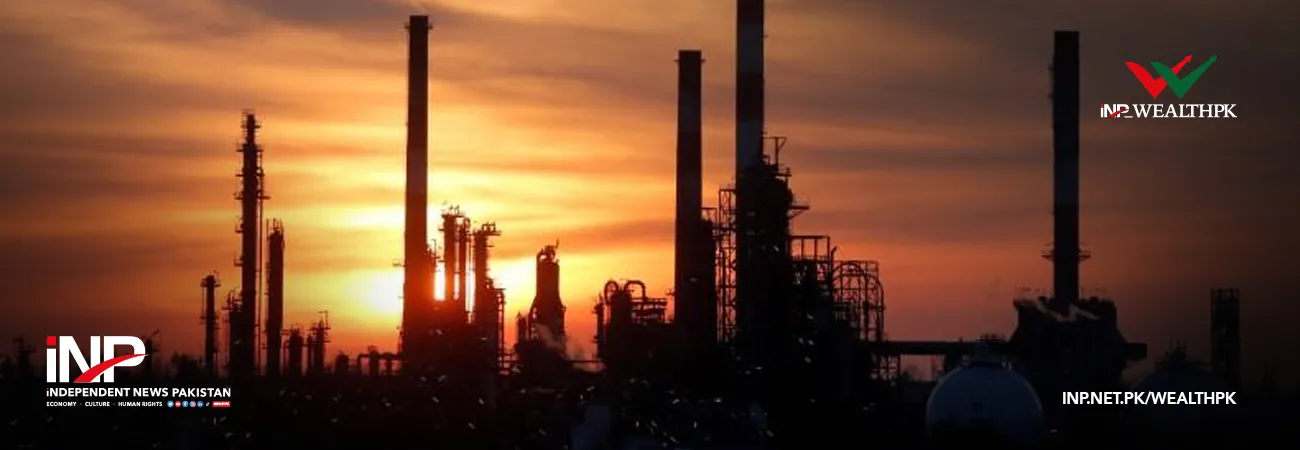INP-WealthPk
Moaaz Manzoor
The 33.6% surge in Pakistan’s remittances boosts economic stability but highlights the need for structural reforms to ensure long-term resilience, report WealthPK.

Remittances from overseas workers surged to $14.8 billion in the first five months of FY25, marking an increase of 33.6% compared to the same period last year. This remarkable growth has provided the much-needed support to the country’s struggling economy. Speaking with WealthPK, Dr. Junaid Ahmed, Senior Research Economist at the Pakistan Institute of Development Economics (PIDE), attributed the surge to the narrowing exchange rate gaps and government incentives. He explained that "the reduced disparity between the open market and interbank rates has prompted more migrants to use formal channels."
Previously, Pakistan lost significant funds to informal systems like hawala due to the exchange rate mismatches. Dr. Ahmed also highlighted the critical role of temporary workers in the Middle East, particularly in Saudi Arabia and Qatar, who remain the key source of remittances. "Migrants from these regions are now encouraged by the government's incentives for banks and exchange companies, which include fixed and variable benefits to increase the legal remittance flows," he said. While the inflows provide a temporary financial relief, Dr. Ahmed warned against ignoring the long-term implications of large-scale emigration.
He described this trend as a "loss of human capital," emphasizing the importance of structural reforms to address core economic challenges like inflation and limited growth opportunities. "Without creating a conducive environment for domestic growth, we risk losing a valuable talent while depending on short-term financial relief from remittances," he cautioned. Majid Shabbir, CEO of Ifsha Consultants, echoed these sentiments, attributing the surge to stable rupee parity, reduced hawala activity, and increased digital payment channels.
He noted that "the reduced disparity between the open market and interbank rates, along with incentives for banks and money exchangers, had fueled higher remittance inflows." Additionally, Shabbir pointed out the growing trend of skilled workers emigrating to the Gulf Cooperation Council (GCC) countries, which has amplified inflows. He emphasized that "these stronger remittances will help maintain the rupee stability and contain the current account deficit." However, he stressed that remittances alone cannot address Pakistan’s structural economic weaknesses.
The rise in official remittance flows is also attributed to reforms to curb illicit foreign exchange trading and stabilize the economy. Incentives for banks and money exchangers and the increasing use of digital payment channels have played a key role in this growth. However, experts caution that reliance on remittances as a primary economic stabilizer is unsustainable. While the remittance surge offers short-term economic relief by bolstering foreign reserves and stabilizing the rupee, over-reliance on these inflows poses risks. Addressing the root causes of emigration and implementing structural reforms are crucial to creating a resilient and sustainable economy for Pakistan.
Credit: INP-WealthPk













